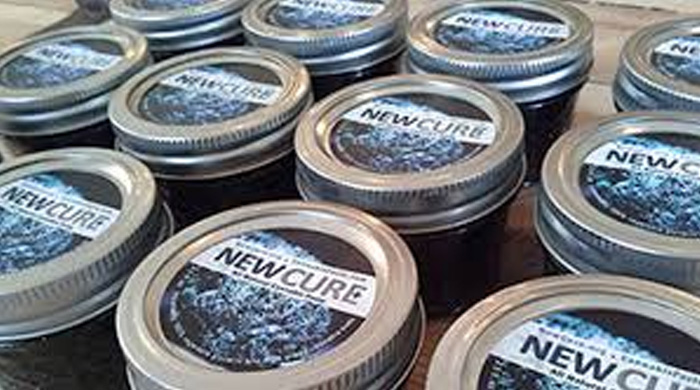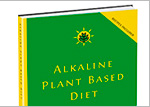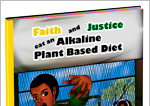How To Make Cannabis Paste?

The health benefits of cannabis are well documented and people are experimenting with finding ways to get the most benefits out of their cannabis. One such way is by making cannabis paste, so it would be good to know, “How to make cannabis paste?”
Cannabis’s medical properties comes from its numerous cannabinoids. These compounds have been found to fight cancer, epilepsy, pain, muscle spasms, and more. Smoking cannabis is not an effective way to harness the power of the cannabinoids because most of its healing power is lost.
Cannabis Paste vs Cannabis Oil
The first modern extraction method that successfully concentrated and harnessed the power of the cannabinoids was by making cannabis oil or hemp oil. Rick Simpson was a pioneer in making the oil in modern times and used hemp to make his oil.
Rick Simpson’s method involved stripping the cannabinoids from the hemp plant with a solvent. The stripped material was then heated at high temperatures to separate the cannabinoids from the solvent and to turn the cannabinoids from their acid state to their active state through a process called decarboxylation. The rest of the plant was discarded. Some people argued that some cannabinoids were still attached to the discarded plant, and using the solvent and high heat possibly harmed the cannabinoids.
Even so, there is no doubt the Rick Simpson’s oil worked and was able to treat illnesses, but maybe making cannabis paste instead is a better process now. Making cannabis paste doesn’t discard any part of the plant, and keeps all of the cannabinoids intact. This process also heats the cannabis to decarboxylate it, but the temperature is kept just high enough to decarboxylate it without possibly harming the cannabinoids.
Process Of Making Cannabis Paste
“How to make cannabis paste?“The process of making cannabis paste in pretty simple. You need some cannabis bud, some oil (preferably coconut oil), and the last part is to heat it. One method of heating it is to add 1 ounce of cannabis bud and 2 ounces of coconut oil to a small mason jar. The cannabis and oil are mixed thoroughly and then added to the jar. The jar is added to a pot of water that is heated at 180 degrees for 10 1/2 hours.
The mixture is heated to decarboxylate the cannabis, and the oil is used so the body will absorb the cannabis when it is consumed. Without the oil (fat) the cannabis will make its way through the body undigested. With the cannabis paste, cannabis binds with the oil in the mixture, and the body is able to absorb the fat (oil) containing cannabis.
There is another process of heating the cannabis that I prefer. The aim is just to decarboxylate the cannabis. We can also achieve this by heating the cannabis in an oven at 220 degrees for two hours. You want to use a good sized Pyrex container so your cannabis is spread out, and cover the container with aluminum foil to keep the smell in and to let pressure out. The internal temperature of the cannabis will reach 200 degrees. After your cannabis is decarboxylated, mix the cannabis and the coconut oil and you are done. You have your cannabis paste.
A recommended dosage is to start off by taking 1 gram of the cannabis paste a day, and work your way up to a strong dose of 2.4 grams a day. A 1 ounce of cannabis and 2 ounces of coconut oil mix will give you a month’s supply of cannabis paste using 2.4 grams a day.
People use vegetable glycerin, olive oil, or coconut oil to make cannabis paste. I prefer coconut oil because of its antiviral and healing properties.
The process of decarboxylating cannabis in a oven is explained in the video.
Tags: cannabis cures, cannabis heals, cannabis paste







